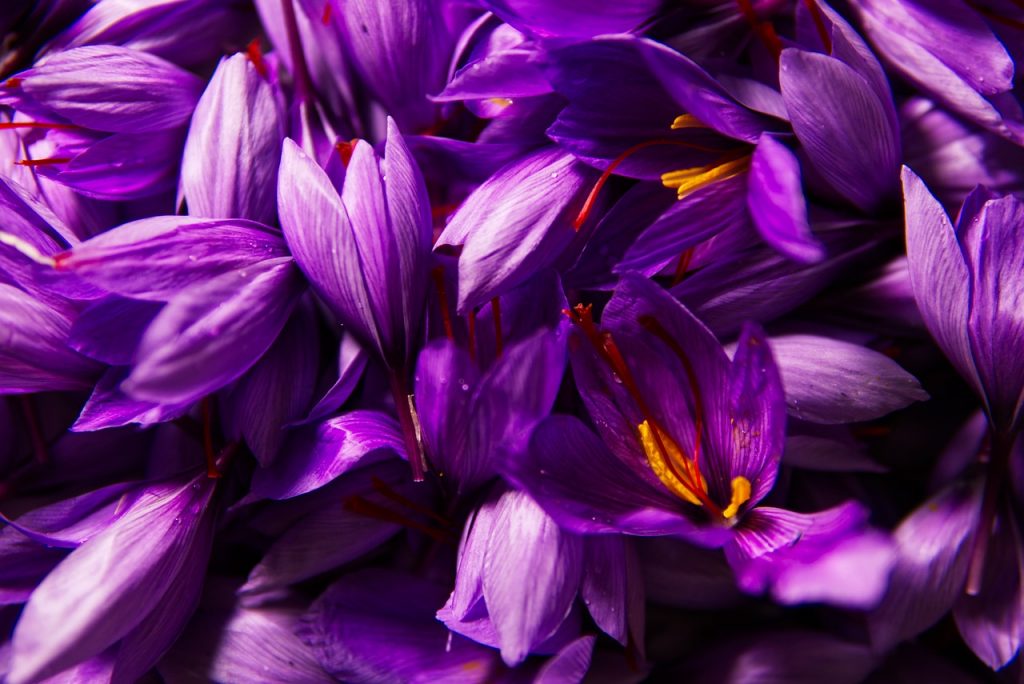Saffron, the “red gold” of spices, holds a cherished position in the culinary world. Its exquisite aroma, vibrant color, and subtle yet complex flavor have captivated chefs and food enthusiasts for centuries. Renowned for its extraordinary value, saffron is among the most expensive spices in the world, with Iran standing as its primary producer.
Unveiling the Factors Influencing Saffron Price
The price of Iranian saffron is a complex interplay of various factors, including supply and demand dynamics, production costs, global market trends, and geopolitical influences. Understanding these intricate mechanisms is crucial for navigating the saffron market effectively.
Supply and Demand: The Driving Force
The fundamental principle of economics, supply and demand, plays a pivotal role in determining saffron prices. On the supply side, factors like weather conditions, labor availability, and land usage significantly impact saffron production. Fluctuations in these elements can lead to supply shortages or surpluses, directly influencing prices.
Demand for saffron is driven by its culinary applications, medicinal properties, and growing popularity as a food colorant. Culinary usage accounts for the majority of saffron consumption, with demand influenced by consumer preferences, culinary trends, and overall economic conditions.
Production Costs: The Underlying Foundation
Saffron production is a labor-intensive process, with meticulous handpicking and processing steps contributing significantly to its high cost. Labor costs, along with land rent, fertilizers, and irrigation expenses, form the backbone of saffron production costs. These factors can fluctuate due to economic conditions, technological advancements, and agricultural practices, impacting saffron pricing.
Global Market Trends: The Wider Context
The global saffron market is characterized by its dynamic nature, with international trade and market sentiment playing significant roles in price formation. Fluctuations in exchange rates, international demand patterns, and the emergence of new saffron-producing regions can influence global saffron prices.
Geopolitical Influences: The Unforeseen Impact
Geopolitical factors, such as political instability, trade sanctions, and international relations, can indirectly impact saffron pricing. These factors can disrupt supply chains, affect transportation costs, and influence consumer perceptions, leading to price fluctuations.
Analysing Historical Price Trends
A historical analysis of Iranian saffron prices reveals a pattern of volatility, with prices fluctuating significantly over time. These fluctuations are attributed to the interplay of the aforementioned factors, with supply and demand dynamics often playing the most prominent role.
Emerging Trends and Future Outlook
The future of Iranian saffron prices is likely to be influenced by several emerging trends, including:
-
Growing Demand: The increasing popularity of saffron as a culinary and medicinal ingredient is expected to drive demand and consequently prices.
-
Sustainable Production Practices: A focus on sustainable production practices may increase production costs but could also enhance brand reputation and command premium prices.
-
Technological Advancements: Innovations in cultivation, harvesting, and processing techniques could improve efficiency and lower production costs, potentially stabilizing prices.
-
Global Market Expansion: The expansion of saffron consumption in new regions could increase demand and contribute to price increases.
Conclusion: A Saffron Symphony
Iranian saffron, with its rich history, exquisite flavor, and intricate production process, is a culinary treasure. Understanding the dynamics of saffron pricing is essential for appreciating its true value and navigating the complexities of the saffron market. As the demand for this precious spice continues to grow, Iran’s role as its primary producer will undoubtedly shape the saffron landscape for years to come.


